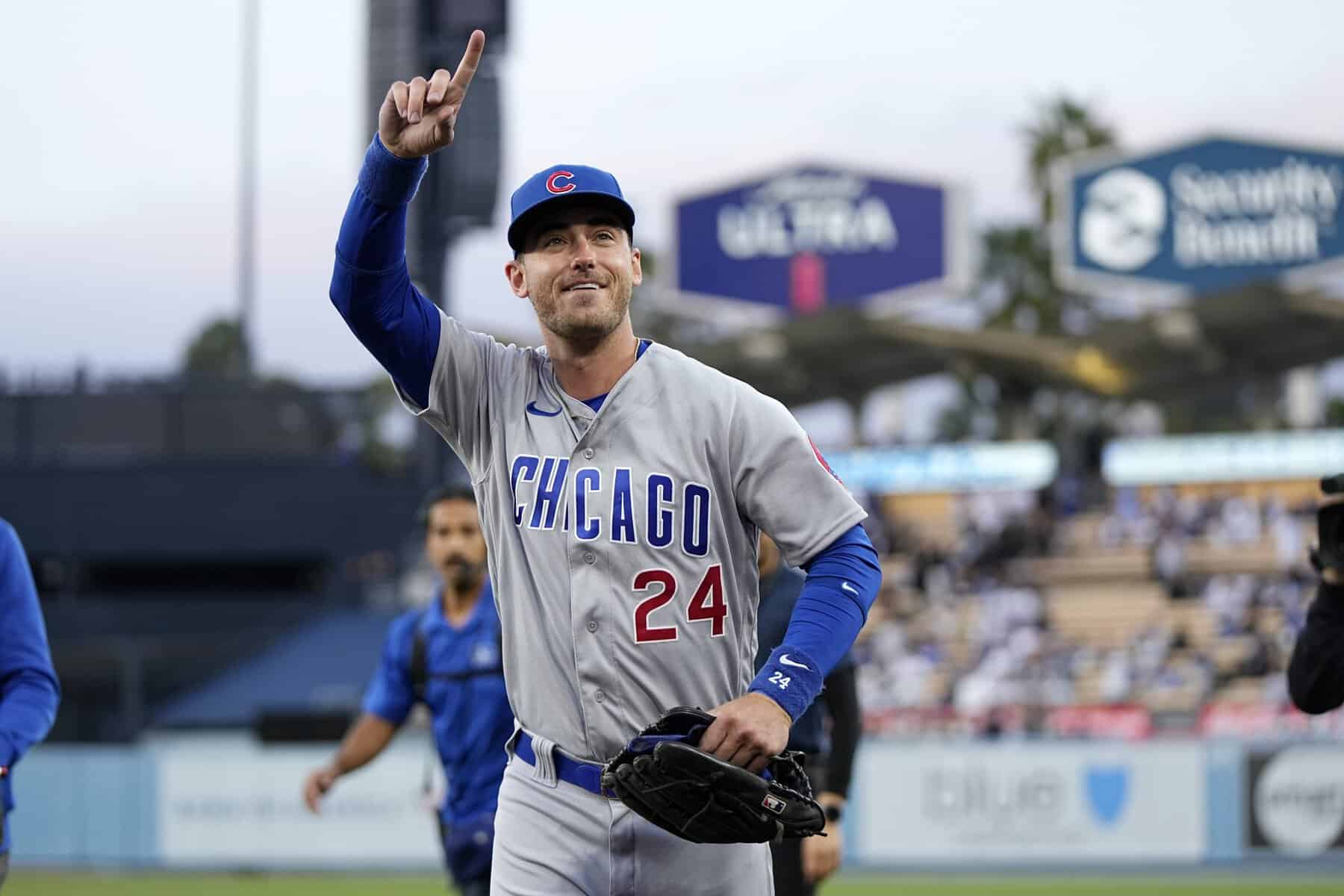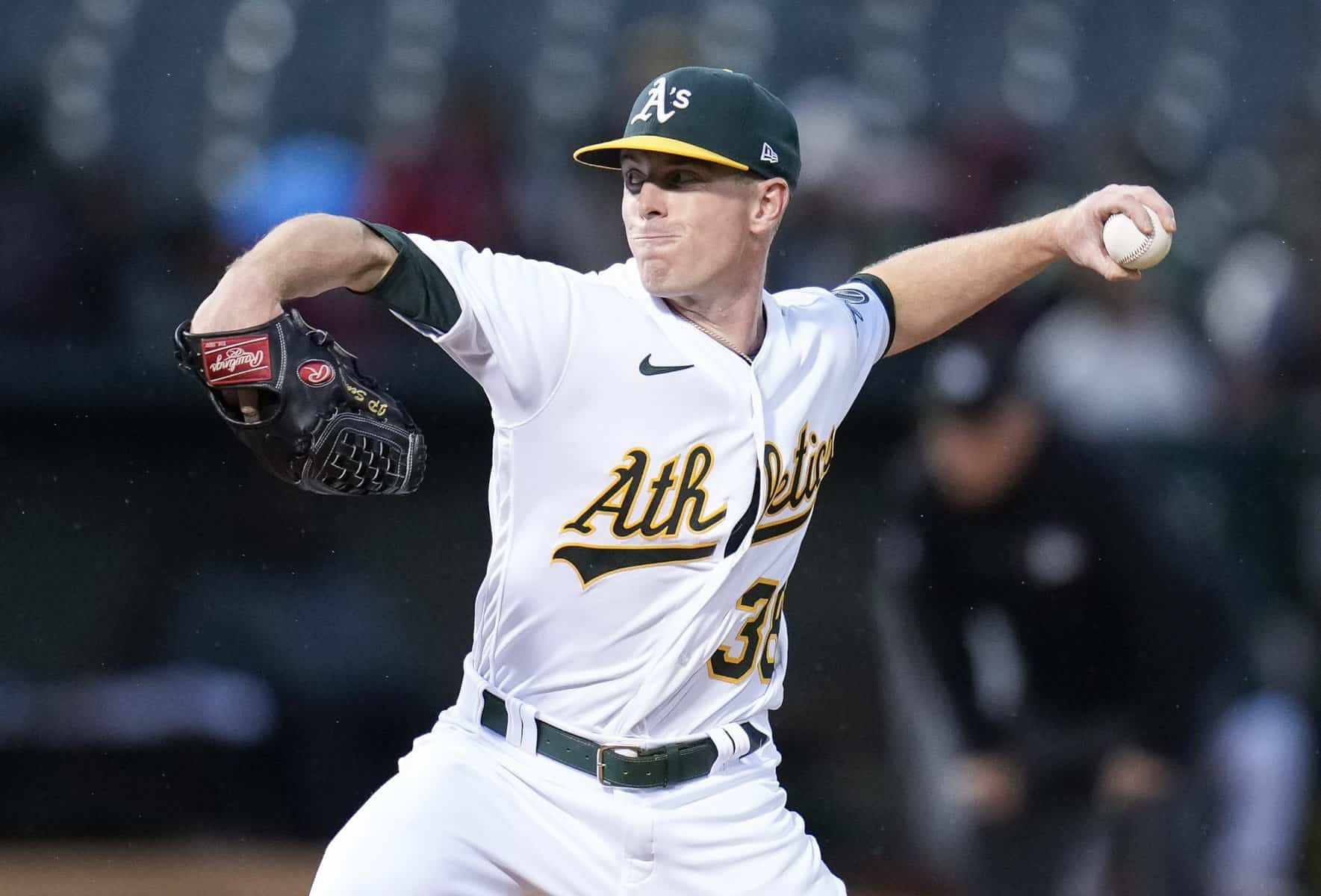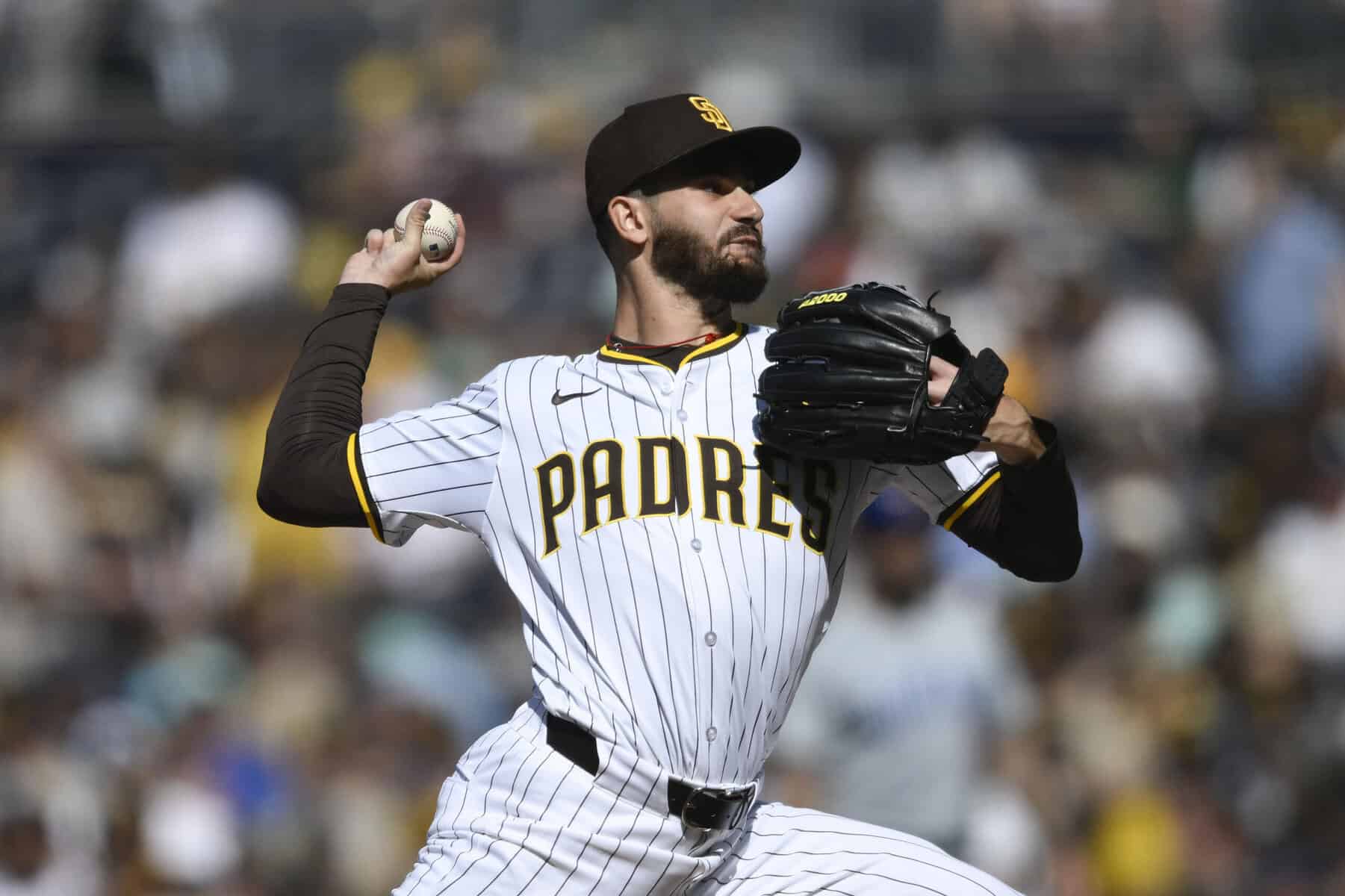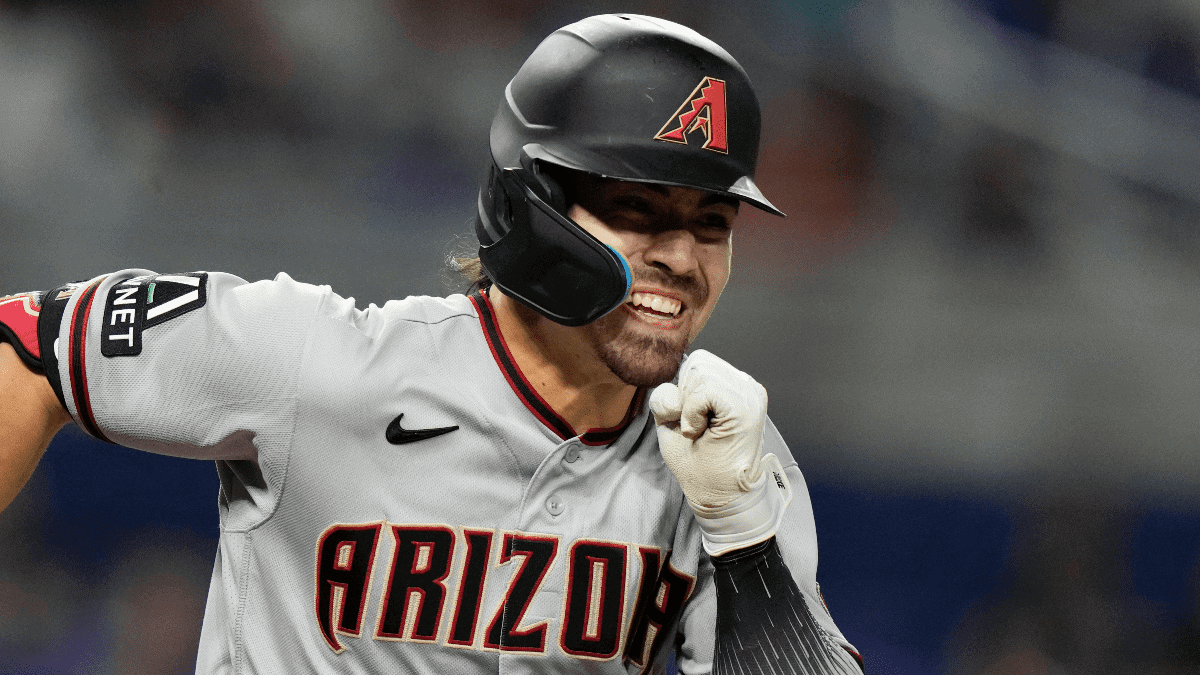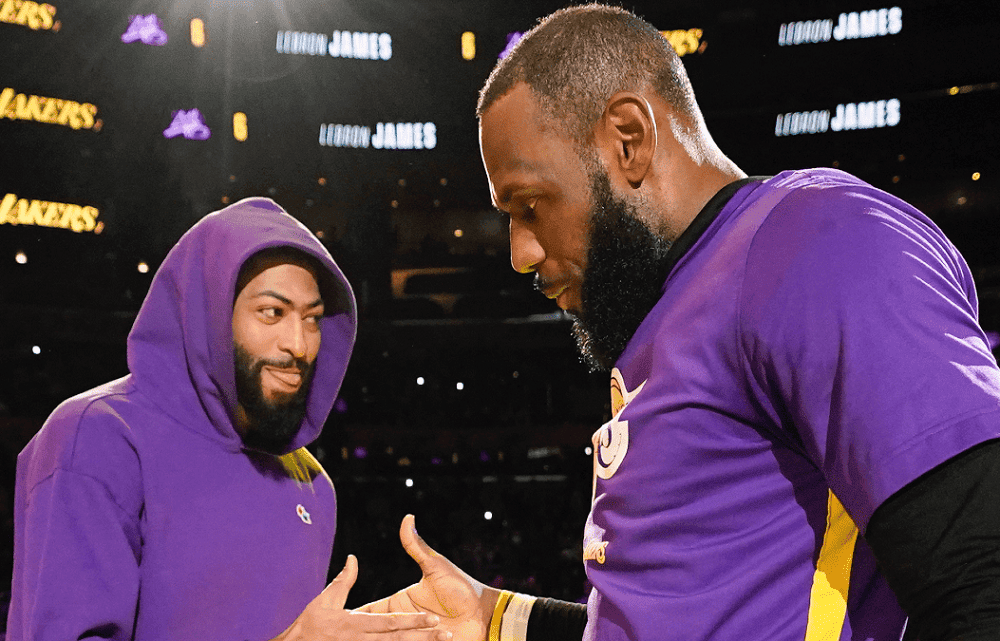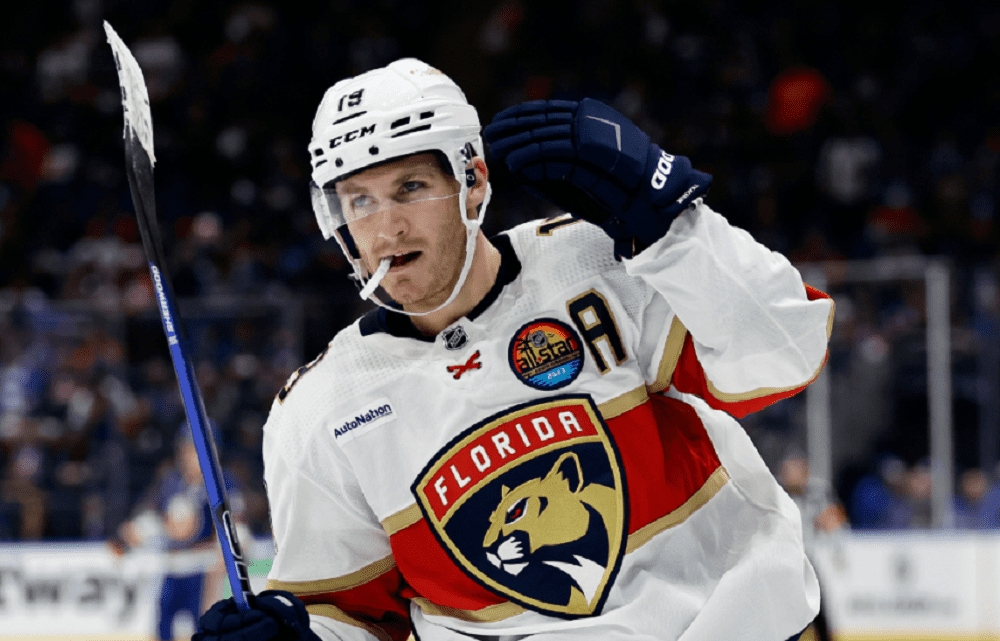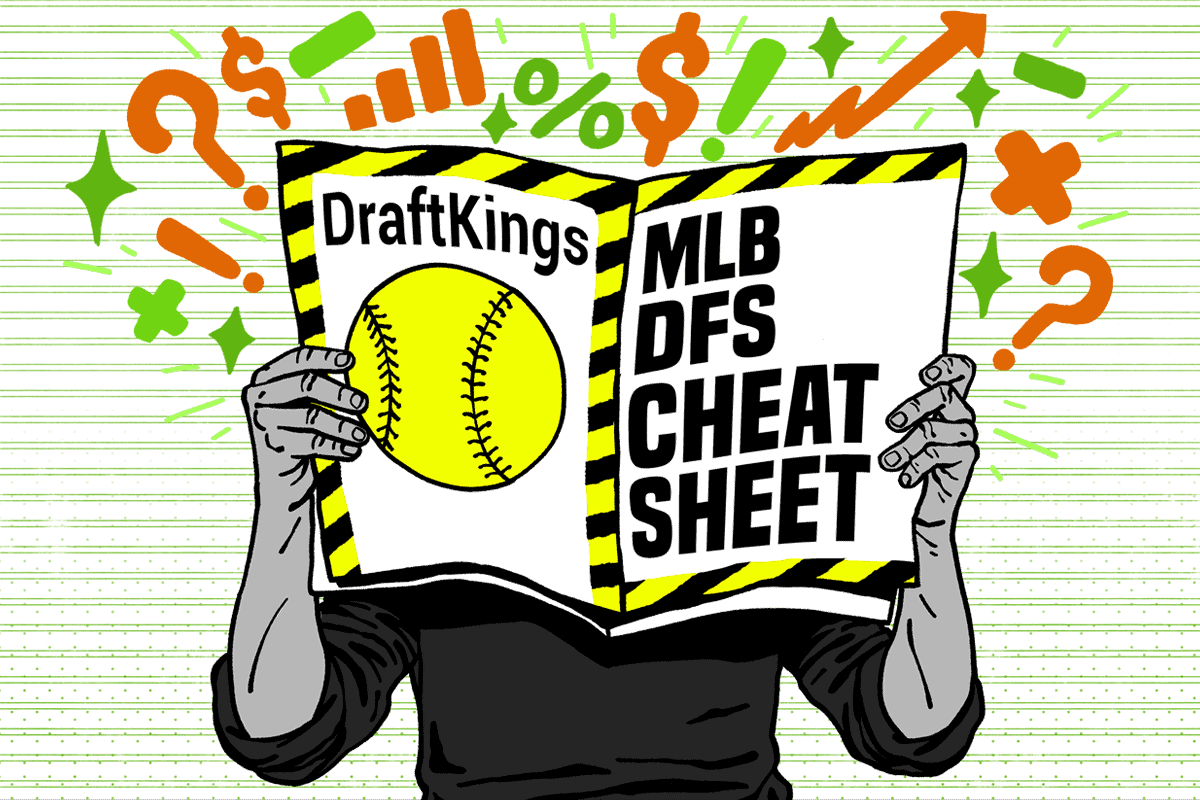For nearly a year now, I’ve been hosting the High Stakes podcast for Stokastic, interviewing DFS pros on a range of topics. There have been a lot of recurring themes on the show, but the most relevant for this article: DFS pros love NFL DFS Showdown.
That’s because a lot of casual NFL fans enter the Showdown fray as a way to have some action on island games. As a result, DraftKings and FanDuel offer enormous contests with generous prize pools. The contests become more difficult to win when there are hundreds of thousands of entrants, but with a large portion of the new players being casual, the increase in difficulty pales in comparison to the increase in prize pools. It’s a tradeoff DFS pros will gladly make.
My goal with these Showdown articles — which I’ll be writing for each Thursday Night Football and Monday Night Football NFL DFS slate this season — is to help you attack the largest field DraftKings GPP like a pro. There are three main components to discuss when it comes to Showdown and I’ll break them down accordingly: Projection, Correlation and Differentiation.
Before reading this piece, you may find it helpful to read my evergreen piece about how to attack NFL Showdown GPPs more generally: https://www.stokastic.com/nfl/draftkings-showdown-simplified-tips-tricks-making-big-money-nfl-dfs-island-games-2022/
Week 2 NFL DFS Showdown: Giants vs. Eagles MNF
Projection
The goal in DFS is to make the lineup that puts up the most points and a natural starting point is looking at individual players who are likely to put up high scores or high point-per-dollar scores. Some pros run simulations or create their own projections to achieve this. Many others, like myself, rely on the Stokastic projections and tools to determine which players should be core pieces of our lineups. I primarily look at the base projections and the “Top Showdown Plays” Tool, which publishes results of 10,000 advanced simulations run by the Stokastic team.
Studs
These are simply the top projected players on the slate. I’d recommend having at least three of these players in just about every lineup you make tonight, either as captain or in a flex spot. Note that there are some moving parts here, as it just came out that Michael Gallup and Dalton Schultz are unlikely to play tonight.
- Saquon Barkley ($11,800) is the most expensive player on the slate and has the highest projection, both by a fairly large margin.
- Daniel Jones ($9,400) is the second-highest projected player on the slate, but just the fourth highest in terms of salary.
- Cooper Rush ($9,600) projects slightly worse than Jones at a slightly higher price tag.
- CeeDee Lamb ($10,200) has the second-highest price tag on the slate and just the fourth-highest projection. Still, the upside is clearly there, as Lamb leads the Cowboys in both routes run and targets.
- Ezekiel Elliot ($8,400) has the fifth-highest projection and fifth-highest salary on the slate. Elliot has played 62% of Cowboys snaps through two weeks.
- Sterling Shepard ($7,600) has looked like the Giants’ wide receiver one through two weeks, and he has the sixth-highest projection on the slate at the seventh-highest salary. Shepard has played the third most snaps for the Giants through two weeks, trailing only Barkley and Jones.
- Tony Pollard ($8,200) projects slightly worse than Shepard at a higher salary. Pollard has played 48% of Cowboys snaps through two weeks.
- Richie James ($5,400) comes in at a nice price discount but projects only slightly worse than Pollard. James has run 46 routes and has been targeted 11 times through two weeks.
- Noah Brown ($6,800) could see a boost in opportunity with Schultz out and Gallup still sidelined. Through two weeks he has run 71 routes and has been targeted 14 times.
Point-Per-Dollar Plays
These are just a few players who will be featured throughout my lineups due to their high projected points per dollar. At the same time, because I’ll typically have at least three studs in each lineup, the top points-per-dollar plays are often players I’ll be pivoting away from in some spots in favor of players who project a bit worse but will also garner lower ownership. I’m also excluding any player with a projection below three fantasy points from this list.
- Jake Ferguson ($200) is likely to be the Cowboys’ top tight end with Schultz expected to be sidelined. Even if Schultz is active I will consider playing a few shares of Ferguson, given Schultz’s increased likelihood of leaving the game with an injury.
- Jalen Tolbert ($1,000) is expected to be active for the Cowboys for the first time tonight. He received a lot of hype in the offseason and was a surprise inactive for the Cowboys the first two weeks of the season. It’s unclear how much Tolbert will play tonight, but the Cowboys waived Dennis Houston, who had run 48 routes through two weeks. With Gallup still out, Tolbert could be in line for some real opportunity.
- Tanner Hudson ($1,600) leads Giants tight ends in routes run and targets through two weeks, with 35 and three, respectively.
- Peyton Hendershot ($200) is interesting for the same reason as Ferguson. It is unclear how the Cowboys will utilize their tight ends if Schultz is inactive.
- Giants Defense ($3,800), Cowboys Defense ($4,600), Graham Gano ($4,000) and Brett Maher ($4,200) are all solid point-per-dollar options in a game with a total below 40 points.
Correlation
In NFL DFS, correlations are endless, both positive and negative. Some are obvious — QBs have positive correlation with the WRs on their team. Some need a bit more research — how do kickers fare when a team’s backup running back exceeds his projection? Some correlations I like in this game:
- Daniel Jones at captain with at least one, and generally two, Giants pass catchers. Jones is a fine rusher, with 1,000 rushing yards and five rushing touchdowns through his first three seasons. He could have a rushing spike week and potentially make it into the optimal lineup at captain with just one receiver in a flex spot. More often than not, though, if he has a big enough game to be the optimal captain–without any of his receiving options doing well enough to outscore him–it will be because he spreads the ball enough to multiple receivers. Thus, my preference is to play Jones at captain with two or more pass catchers, which could include Barkley.
- Cooper Rush at captain with at least one, and generally two, Cowboys pass catchers. Rush has not shown a lot of upside on the ground either in college or the NFL, so if he is the optimal captain, it is very likely he will have multiple pass catchers in flex spots. Again, this group could include running backs.
Note: I am not necessarily recommending that you should play a quarterback at captain. I am more suggesting that if you play one of these quarterbacks at captain, you should play two or more of their pass catchers in flex spots.
Differentiation
Making highly projected lineups with smart correlations will separate you from the lowest level Showdown players, but there are many very smart casual players as well. Differentiation is the last step to separating pros from Joes.
In just about any DFS GPP, finding low-owned gems is key because lower ownership reduces the field of lineups you’re competing against when the player has a 99th-percentile outcome. Taking it to the extreme, just as a thought exercise, let’s say that Rush scores 100 fantasy points tonight. You’re not just going to need him, but you’ll need him in the captain spot (150 fantasy points). If 20,000 lineups in your contest have Rush in the Captain spot, you’ve essentially reduced the field of lineups you’re competing with to 20,000. If only 200 lineups have Rush at Captain? Now we’re talking.
On NFL Showdown slates there is an additional factor for large field GPPs. We don’t just want to find seldomly used players; we want to find seldomly used LINEUPS. Why? Well, I’ll give you two examples from last year:
- On September 20, 2021, DraftKings had a Milly Maker for the Packers vs. Lions tilt, but the top lineup was duplicated 231 times. Rather than winning a million dollars, the users who entered those 231 lineups had to split the top 231 prizes, for just a bit over $6,000 each. That’s despite having everything go their way, which requires an extreme amount of luck.
- On October 11, 2021, we saw the other end of the spectrum: user rcoho1984 played a unique lineup in the Ravens vs. Colts Milly Maker, taking home not just a million dollars but a ticket to the Tournament of Champions.
If you’re going to win — which takes a lot of luck, regardless of how well your lineup projects — I’d suggest making it count. I’m not necessarily concerned with making an entirely unique lineup like rcoho1984 did every single time, but I aim to be a lot closer to their unique lineup than those that were duplicated 231 times.
Some Easy Tricks
Low-owned players. Yup, even if you’re using other tricks to get unique, it’s still a good idea to play a few players who won’t be getting much ownership. Some low-owned players to consider:
- Matt Breida ($2,000) is an interesting play because he appears to be Barkley’s direct backup, and he should have some opportunities in just about any game script. He has played 24 snaps through two weeks. He could pay off his price tag with one splash play, or a garbage time drive. He would also be the immediate beneficiary if Barkley is injured during the game.
- Simi Fehoko ($2,400) could benefit from the uncertainty among receivers for the Cowboys, with both Schultz and Gallup inactive. Fehoko has run just 19 routes and has been targeted three times through two games even with Gallup out, so he is just a dart throw.
- David Sills ($5,000) and Kenny Golladay ($6,200) don’t fit particularly well in any bucket, but they are players worth considering tonight at low ownership with both Wan’Dale Robinson and Kadarius Toney expected to be out.
Embrace lineups missing some correlation pieces or even with some negative correlation. Generally, highly correlated lineups will be over-owned, whereas the field will avoid negative correlation at all costs. If you want to read my reasoning, check out the evergreen piece I linked near the top of this page. In some of my lineups, I like to see the following:
- Quarterback against opposing Defense.
- Pass Catcher at Captain without including the QB at Flex.
- Multiple Running Backs from the same team in a lineup.
Latest NFL DFS Content
- Want to Learn How to Win a DraftKings Milly Maker With Stokastic Sims? Steve Buzzard Will Tell You How
- PrizePicks, Sleeper & Underdog Cheat Sheet: Best More/Less Picks Today for NFL (February 11)
- DraftKings NFL Cheat Sheet: Super Bowl Sims Picks | George Kittle
- NFL Super Bowl 58 DFS Picks: 49ers vs. Chiefs (February 11)
- NFL DFS Captain Picks for Super Bowl 58: Rashee Rice, George Kittle & More
- Stokastic DFS on Youtube
Leave salary on the table. I kind of buried the lede here. This is the easiest way to lower your duplicates. Casual players assume that if they have salary left over, they should upgrade. The problem with this approach is that it almost inevitably leads to highly duplicated lineups. How much salary should you leave on the table? That’s up to you. If it’s less than $600 and you haven’t gotten extremely unique with player selections and weird correlations, it’s likely you’ll have to split any winnings with many other entries.
Thanks for reading to the end of this article! If you appreciate this free content and want to see more of it every day, you can help us out by sharing this article on social media!
[NFLPAGE]

